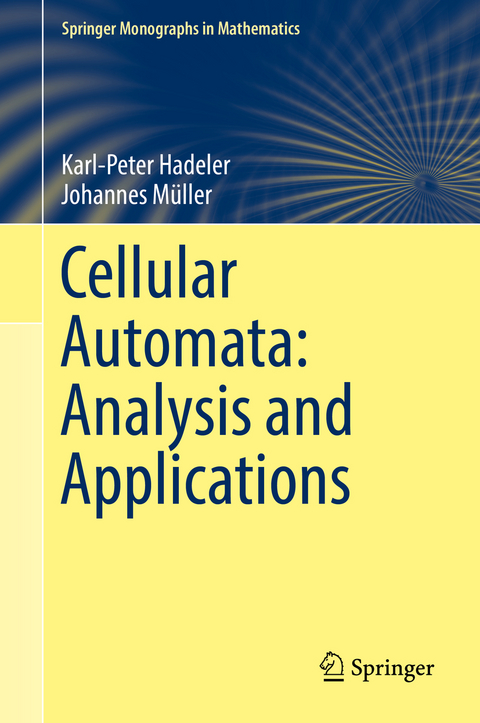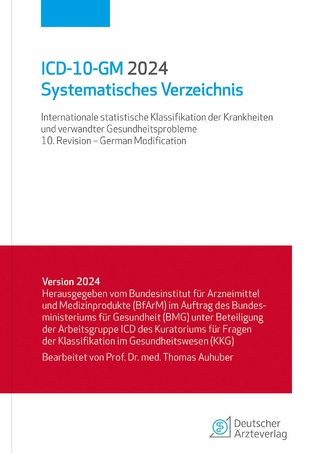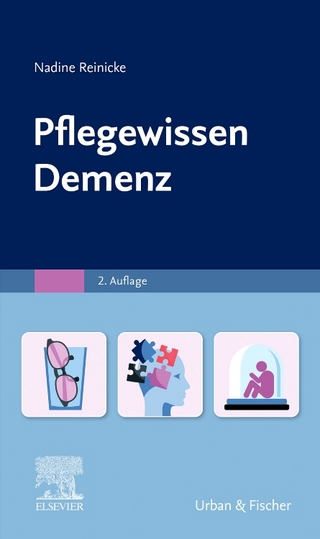
Cellular Automata: Analysis and Applications
Springer International Publishing (Verlag)
978-3-319-53042-0 (ISBN)
This book provides an overview of the main approaches used to analyze the dynamics of cellular automata. Cellular automata are an indispensable tool in mathematical modeling. In contrast to classical modeling approaches like partial differential equations, cellular automata are relatively easy to simulate but difficult to analyze. In this book we present a review of approaches and theories that allow the reader to understand the behavior of cellular automata beyond simulations. The first part consists of an introduction to cellular automata on Cayley graphs, and their characterization via the fundamental Cutis-Hedlund-Lyndon theorems in the context of various topological concepts (Cantor, Besicovitch and Weyl topology). The second part focuses on classification results: What classification follows from topological concepts (Hurley classification), Lyapunov stability (Gilman classification), and the theory of formal languages and grammars (Kurka classification)? These classifications suggest that cellular automata be clustered, similar to the classification of partial differential equations into hyperbolic, parabolic and elliptic equations. This part of the book culminates in the question of whether the properties of cellular automata are decidable. Surjectivity and injectivity are examined, and the seminal Garden of Eden theorems are discussed. In turn, the third part focuses on the analysis of cellular automata that inherit distinct properties, often based on mathematical modeling of biological, physical or chemical systems. Linearity is a concept that allows us to define self-similar limit sets. Models for particle motion show how to bridge the gap between cellular automata and partial differential equations (HPP model and ultradiscrete limit). Pattern formation is related to linear cellular automata, to the Bar-Yam model for the Turing pattern, and Greenberg-Hastings automata for excitable media. In addition, models for sand piles, the dynamicsof infectious d
Karl Peter Hadeler, Dr.rer.nat. 1965 (U. of Hamburg), Habilitation 1967 (U. of Hamburg). In 1963/1964 visiting Moscow State University (MGU), 1968/1969 Visiting Associate Professor,U. of Minnesota. 1970 Associate Professor, Technical Department, U. of Erlangen. 1971 Professor of Mathematics, U. of Tübingen. Retired 2005, then 2005-2011 Non-permanent Professor, Arizona State University. Visiting Professor Aarhus, Nijmegen, Georgia Tech, Emory. 2009 John von Neumann Professorship, Technical University of Munich. Member of Center of Excellence (DFG/German NSF). Research interests: Ordinary and partial differential equations (reaction diffusion equations), delay equations, matrix theory, mathematical biology. Since 2011 about ten publications in mathematics. Johannes Müller studied in Karlsruhe and Tübingen, where he did his habilitation in 2001. After stays in Utrecht and Cologne, he became head of a research group in the Institute for Biomathematics and Biometry in the Helmholtz Center, Munich. Since 2004 he is teaching as a professor at the Technische Universität München. The research interests of Johannes Müller is on the interface of mathematics and life sciences. In particular his research is concerned with the theory of dynamical systems, cellular automata, and stochastic processes respectively their application.
1.Introduction.- 2.Cellular automata - basic definitions.- 3.Cantor topology of cellular automata.- 4.Besicovitch and Weyl topologies.- 5 Attractors.- 6 Chaos and Lyapunov stability.- 7 Language classification of Kurka.- 8.Turing machines, tiles, and computability.- 9 Surjectivity and injectivity of global maps.- 10.Linear Cellular Automata.- 11 Particle motion.- 12.- Pattern formation.- 13.Applications in various areas.- A.Basic mathematical tools.
"I have enjoyed reading this book. It provides a clear account, with many examples and nice proofs, of the most important and general rigorous results of cellular automata in a way that is accessible to a wide readership. Advanced undergraduate and beginning graduate students of several fields ... will find here a valuable toolbox. The book is also valuable for self-study and as a reference, and does a great service in bridging the gap between applications/simulations and rigorous mathematical results." (Vladimir García Morales, Mathematical Reviews, January, 2018)
"This book gives a comprehensive overview of the methods of analysis that are applicable to these dynamical systems. ... this is the first work that gives a comprehensive overview of the methods that have been proposed to derive a cellular automaton from a partial differential equation, and vice versa. ... this book is a must-have for researchers in the field." (Jan Baetens, zbMATH 1382.37001, 2018)
| Erscheinungsdatum | 26.04.2017 |
|---|---|
| Reihe/Serie | Springer Monographs in Mathematics |
| Zusatzinfo | XI, 467 p. 78 illus., 3 illus. in color. |
| Verlagsort | Cham |
| Sprache | englisch |
| Maße | 155 x 235 mm |
| Themenwelt | Mathematik / Informatik ► Informatik ► Theorie / Studium |
| Informatik ► Weitere Themen ► Bioinformatik | |
| Mathematik / Informatik ► Mathematik ► Analysis | |
| Mathematik / Informatik ► Mathematik ► Angewandte Mathematik | |
| Naturwissenschaften ► Physik / Astronomie | |
| Schlagworte | applications of cellular automata • Applied mathematics • Cellular Automata • classification of cellular automata • Complex Systems • decision problems in cellular automata • Dynamical Systems and Ergodic Theory • dynamics of cellular automata • Mathematical and Computational Biology • Mathematical Applications in the Physical Sciences • Mathematical Modelling • Mathematics • mathematics and statistics • Maths for scientists • Nonlinear Science |
| ISBN-10 | 3-319-53042-9 / 3319530429 |
| ISBN-13 | 978-3-319-53042-0 / 9783319530420 |
| Zustand | Neuware |
| Haben Sie eine Frage zum Produkt? |
aus dem Bereich


